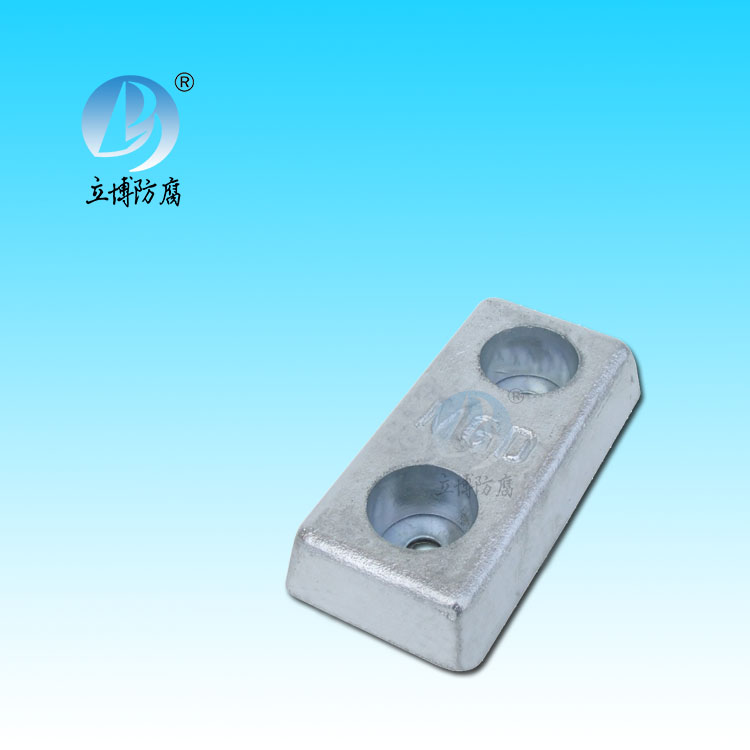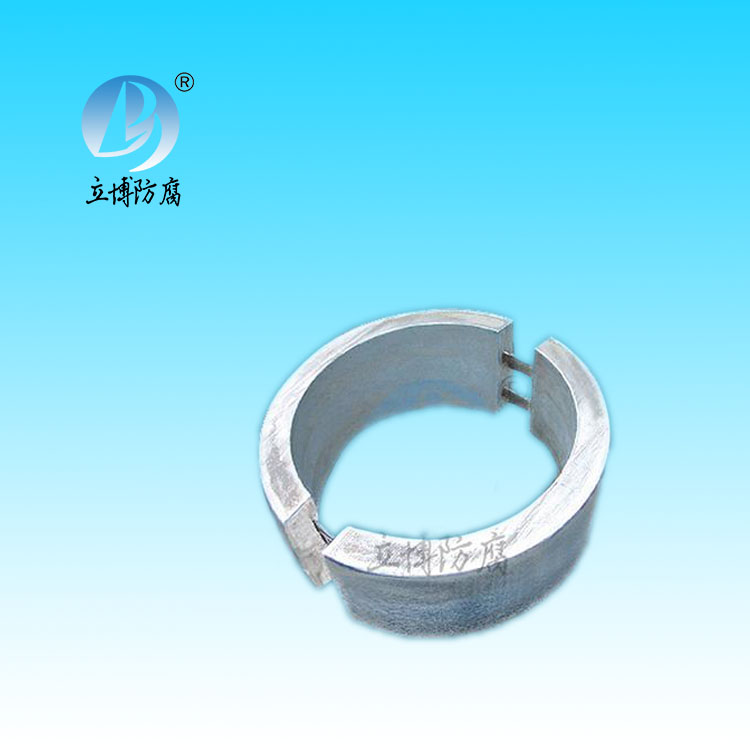News
News
- What is a sacrificial anode
- Basic requirements for reference...
- What does the reference electrode do...
- Why are zinc blocks attached to the ...
- What is the principle of impressed...
- What material does metal structure...
Contact
Phone:18739187123
hotline:0391-7588881
E-mail:970512272@qq.com
Address:Wuzhi County, Jiaozuo City, China
Industry News
Cathodic protection of condenser water chamber and copper tube in power plant
- Author:Libo
- Source:wkmeufh.cn
- Date:2021-06-11
- Click:0
Cathodic protection of condenser water chamber and copper tube in power plant
Cathodic protection is effective for the tube plate and copper tube end of the condenser, because the essential cause of impact corrosion, abrasion and sand corrosion is electrochemical corrosion. If the natural corrosion potential of the water chamber, tube plate and copper tube end of the condenser can be negative moved below the cathode, their corrosion process will be completely stopped. In practice, the corrosion potential of these parts is generally moved to the vicinity of the cathode (if the potential is too negative, it will cause hydrogen evolution reaction, and it is not economic). In this way, cathodic protection can greatly reduce the corrosion of these parts.
Cathodic protection can be divided into two ways: sacrificial anode and impressed current. In sea water and sea water system, these two kinds of protection method, choice of main current according to the general protection of the condenser is required (usually for a 50 as the cut-off point, the current 50 or less a, choose the sacrificial anode, the required current > 50 a, select the impressed current), or according to the electrode (sacrificial anode or auxiliary anode) will it be convenient for installation. However, in the fresh water system, because of the poor conductivity of the medium (the conductivity is generally 200 times smaller than that of seawater), the sacrificial anode is basically not used, and the impressed current cathodic protection is generally chosen.
Sacrificial anodes (such as cast iron prototype, magnesium-based anodes) were used in early condenser protection, followed by the popularization of zinc and aluminum based anodes. However, with the increase of the capacity of thermal generator set, the protection current required by the condenser increased, and the applied current cathodic protection law was applied to the condenser at the beginning of 1950. By 1960, impressed current method has been widely used abroad (at the same time, the sacrificial anode protection law also continues to be used), and the installation and operation of cathodic protection have been considered in the design of power plants.
The cathodic protection law has been applied to the condenser of power plants in China since 1980, but only a few coastal power plants and a few inland power plants have adopted this law so far, which is in sharp contrast to the situation widely used in foreign countries.
The natural corrosion potential of copper alloy in seawater is -0.25~-0.4V, and the natural corrosion potential of carbon steel is -0.5~-0.6V. According to the principle that the natural corrosion potential is negatively shifted by 0.3V as the cathodic protection potential, the condenser protection potential is: -0.8~-1.0 V, its protective current density for copper alloy is 100-500mA/m2 (usually about 150 mA/m2), for carbon steel in the water chamber according to whether there is coating, from a few to more than 100 mA/m2.
In fresh water, it should be determined by experiment according to the water quality.







 客服QQ
客服QQ